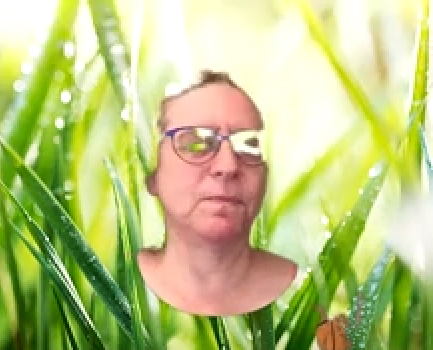Tag: Uncanny Valley
-

The Uncanny Valley of Zoom backgrounds
We’ve all been talking about the Zoom experience. How it’s slightly off from the in-person experience, in ways that can be disorienting and exhausting. Yet, in the months since COVID-19 changed everything, we’ve also embraced it, as something that’s not just useful, but offers a close substitute to being in the…
